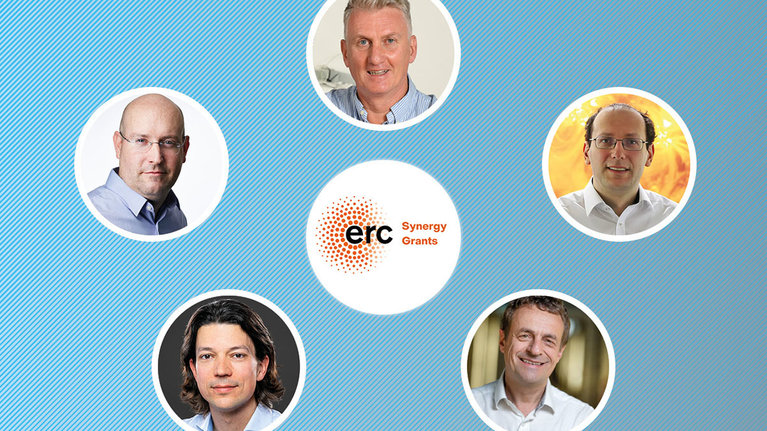
Max Planck Institute for Mathematics in the Sciences
Without mathematics, everyday life as we know it would be inconceivable. Telephone networks, timetables and stock inventories are all optimised using modern methods of discrete mathematics. The rapid transmission of images by means of data compression uses concepts from mathematical analysis. The highly-efficient encoding of data, for example, in bank transactions carried out over the Internet, is an application of number theory. High-resolution computer tomography was also made possible by the development of new mathematical processes for image reconstruction. The list of examples is endless. Mathematical models and methods also play an increasingly important role in the optimisation of entire production processes. Moreover, the connection between mathematics and its applications is not a one-way street: basic questions posed by the sciences, engineering and economics have always inspired mathematicians to search for new mathematical methods and structures. The interaction between mathematics and the sciences forms the core of the work carried out at this Institute.
Contact
Inselstraße 2204103 Leipzig
Phone: +49 341 9959-50
Fax: +49 341 9959-658
PhD opportunities
This institute has an International Max Planck Research School (IMPRS):
IMPRS Mathematics in the SciencesIn addition, there is the possibility of individual doctoral research. Please contact the directors or research group leaders at the Institute.










